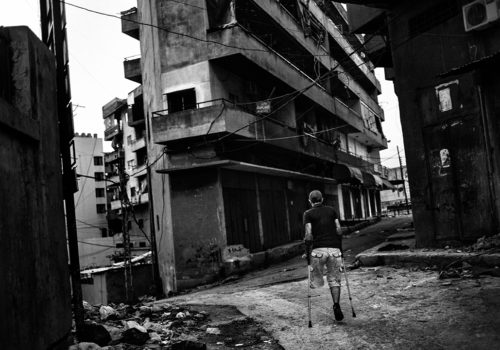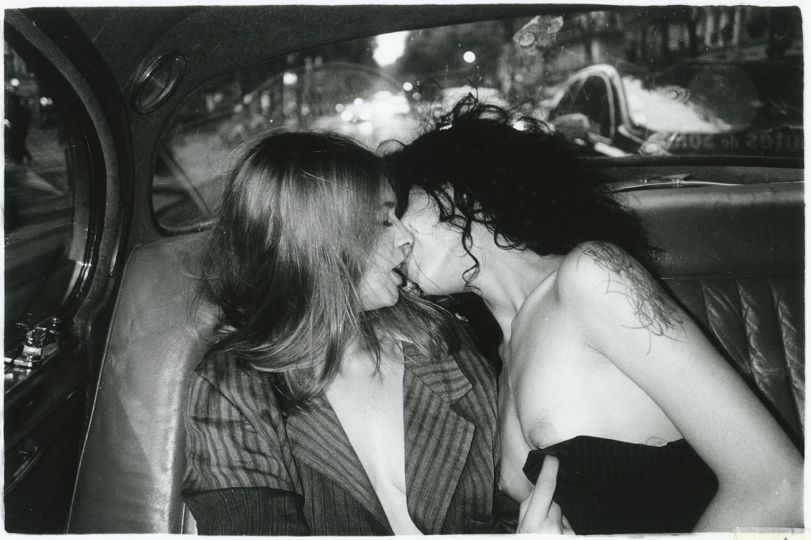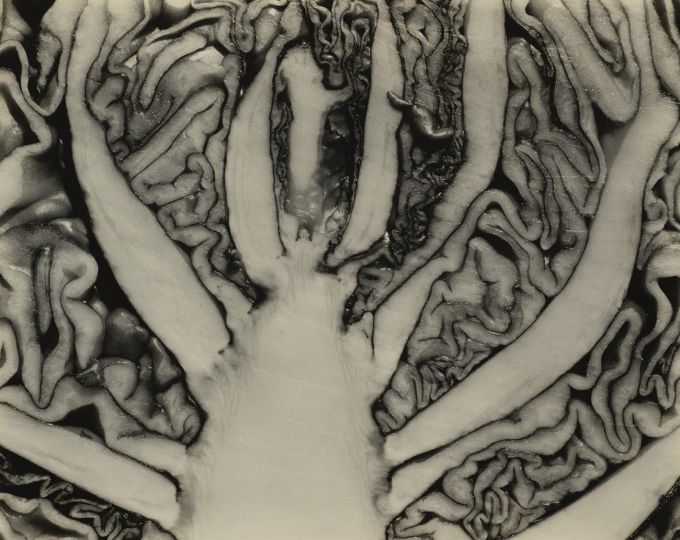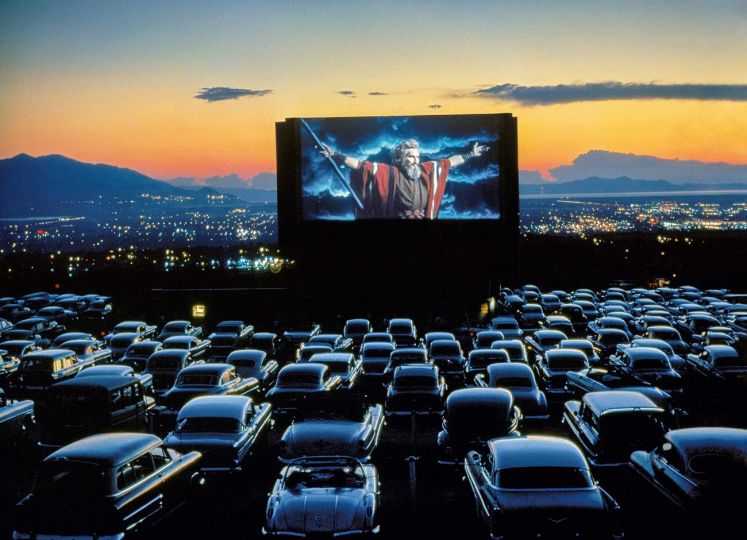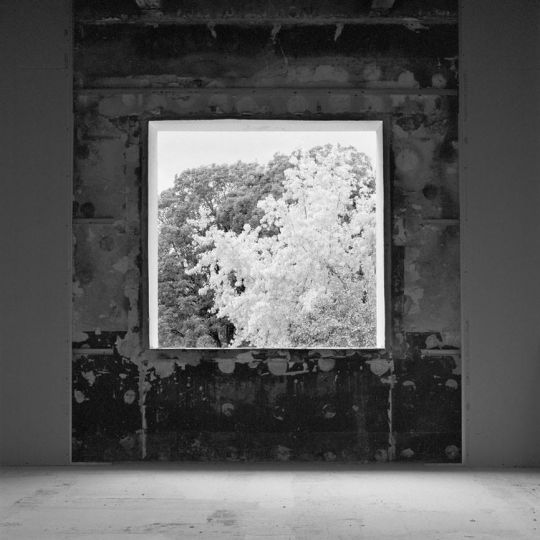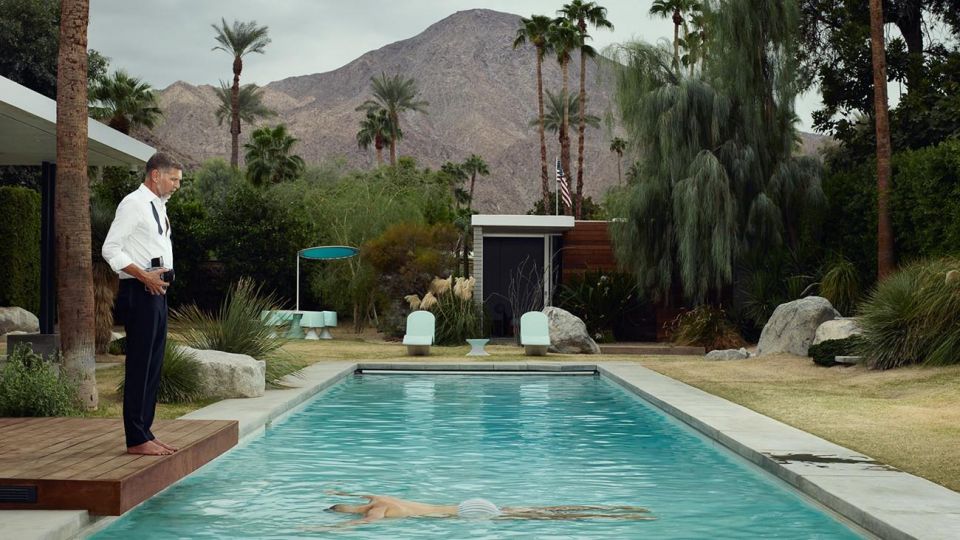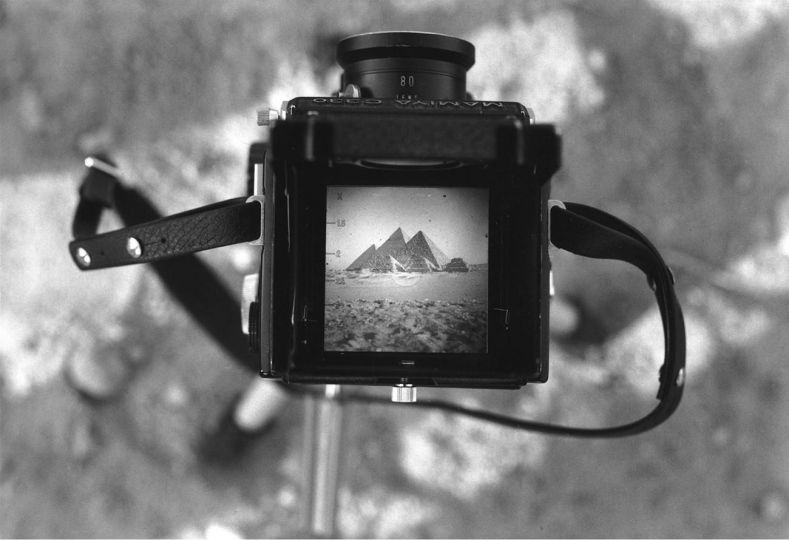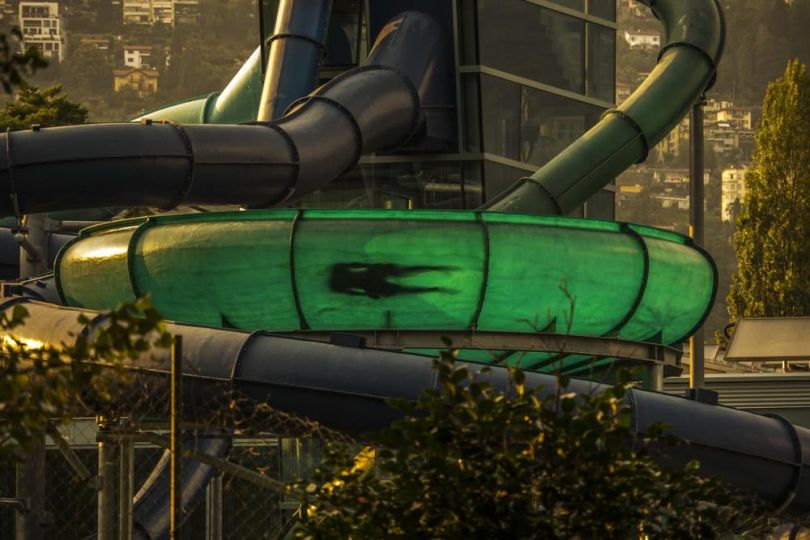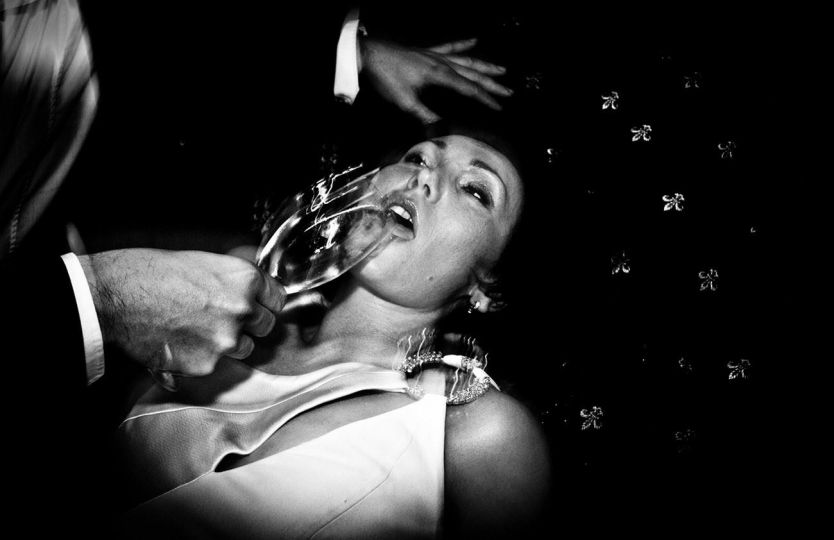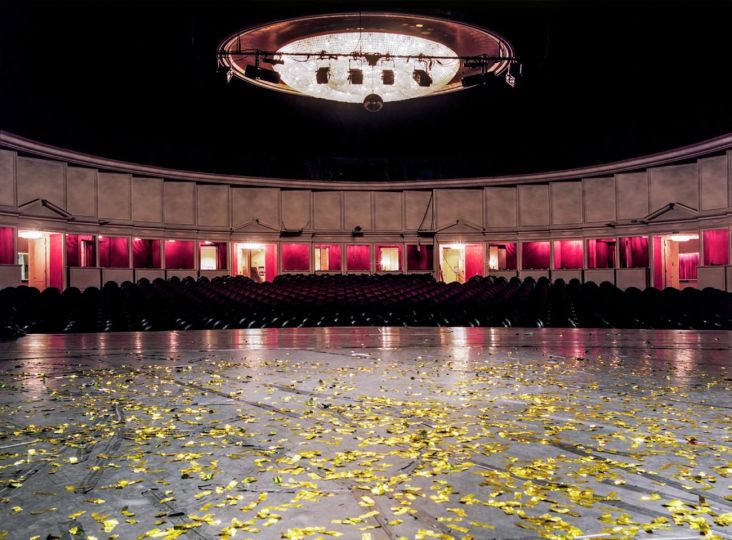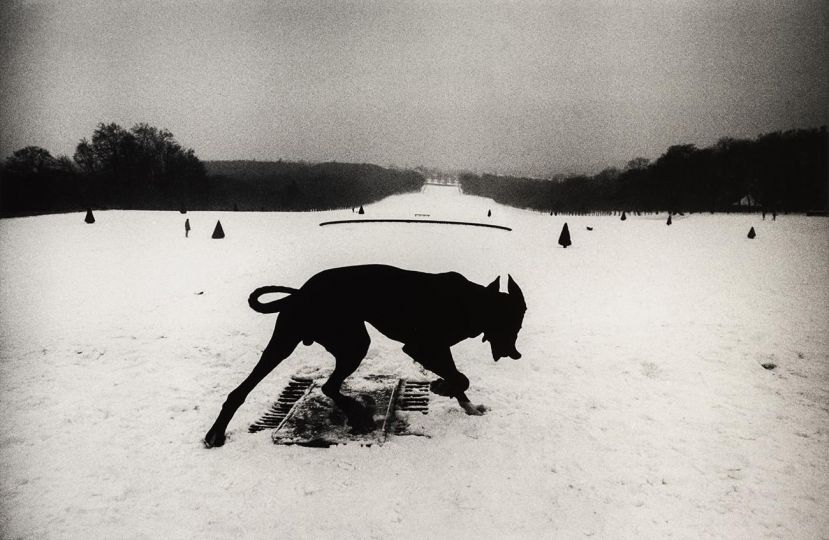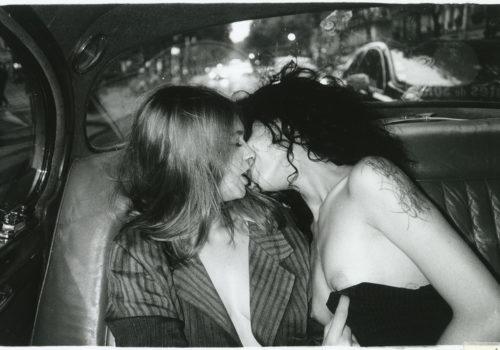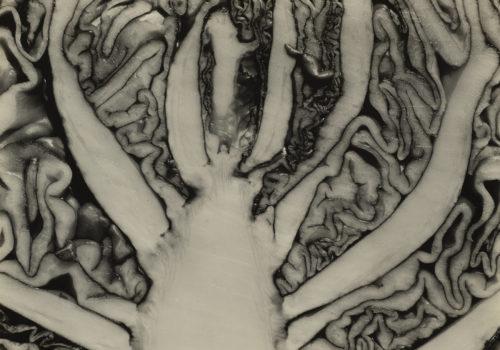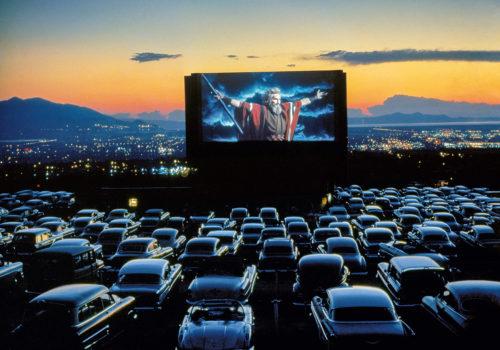In 1962, the Brazilian architect Oscar Niemeyer began the construction of the Rashid Kharami International Fair in the Lebanese city of Tripoli. This complex was to be the symbol of the economic power of Lebanon in that era, when the country was known as the Switzerland of the Middle East. When, in 1975, the Lebanese civil war broke out, the complex was on the point of completion, but its doors never opened, no operas were premiered, no conferences were held and this city’s dream began to fade.
Tripoli, situated in the north of Lebanon and only 30 kms from Syria, lives immersed in a sectarian conflict which began with the Lebanese civil war in the 1970s and which has intensified since the beginning of the civil war in Syria. The wounds of the conflict between the Sunni and Alawi communities have transformed Tripoli into a smaller scale reproduction of the conflict prevailing in neighboring Syria. The project, “Shadows of Tripoli”, aims to show daily life in this divided city, and the constant problems faced by a population that is permanently threatened.
The project is divided into two parts.
Jabal Mohsen, Alawites in spite of everything.
In Tripoli, some 60,000 Alawites survive in Jabal Mohsen, a district built on the mountain in the center of the city. It is one of the poorest and most isolated areas in the whole of Lebanon. Its inhabitants are faithful followers of the Syrian president Bashar Al-Assad and belong to the same sect, the Alawites, a branch of Islam that grew from Shiism. On the walls of the houses, posters of Bashar Al-Assad and his father, Hafez, demonstrate their loyalty to the Syrian regime. In this district, there are no hospitals and hardly any contact with the rest of the city for fear of retaliations. The scars of this conflict can be seen on most of the buildings in Jabal Mohsen, where the impact of projectiles and mortars remind the inhabitants that the future of the Syrian regime will affect them in one way or another. In spite of everything, they are still Lebanese, like their neighbors and enemies, the Sunnis of the Bab el Tebaneh district.
Bab el Tabaneh, the Sunni bastion.
The Sunni community accounts for almost a third of the total population of Lebanon. Tripoli is its bastion in the country. This city is the home of the most important Sunni businessmen in Lebanon and the place where the most radical Sunni elements are concentrated and act in support of the Syrian conflict. Only 30 kms separate this city from neighboring Syria, where many young men from Tripoli are fighting alongside the Sunni rebels.
It is difficult to imagine the district of Bab el Tabaneh, in Arabic “the golden gate”, with the splendor it displayed in the 1960s. Just like other old Arab districts, its streets were a bustling market of spices and of gold, with hammams and mansions. Today, hanging in these same streets are pictures of martyrs and the flag of the Syrian revolution. Ironically, Syria Street, in the center of the district, is the line of the front that divides the Sunni and the Alawi communities. There, young men of both sides, dressed alike in jeans and trainers, fight a recurring conflict that for them has become a sinister routine.
Alfonso Moral
Alfonso Moral : Shadows of Tripoli
September 22nd to October 21st 2016

